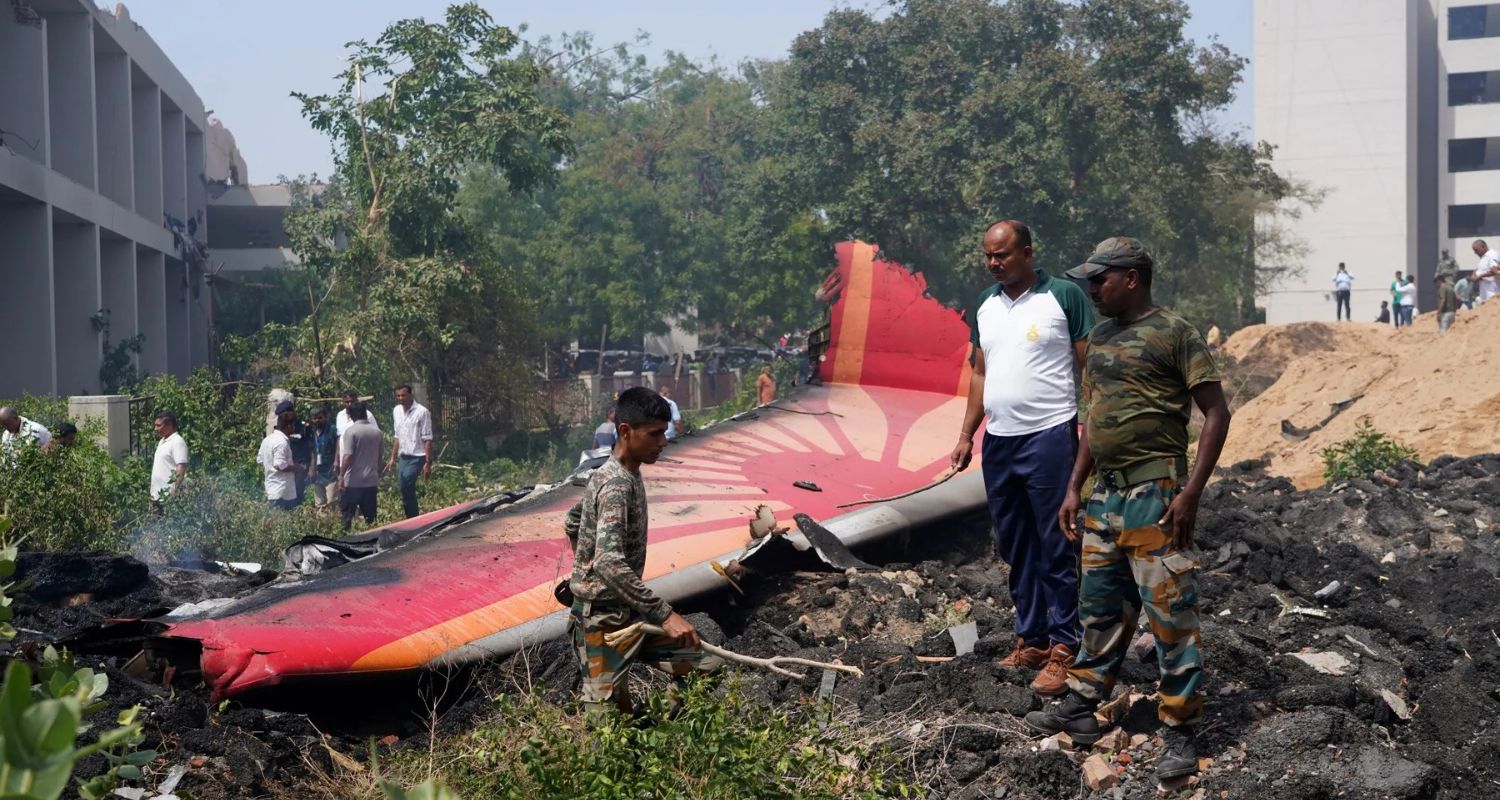Minister of State for Civil Aviation Murlidhar Mohol has confirmed that 'possible sabotage' is one of the many factors being looked into as the investigation into the tragic Air India Flight 171 crash continues. His comments come after the Aircraft Accident Investigation Bureau (AAIB) launched a thorough investigation and started examining the flight's black box data to identify the cause of the catastrophe.
On June 12, just after taking off from Ahmedabad, Air India Flight AI-171 crashed, killing 241 of the 242 people on board. The crash was the first time a Boeing 787-8 Dreamliner aircraft was involved in a fatal accident. The investigation is being led by the AAIB, India's premier aviation crash investigation agency. The flight data recorder (FDR) and cockpit voice recorder (CVR), also referred to as 'black boxes,' were previously taken from the crash site by authorities and sent to Delhi for in-depth examination.

"The AAIB has started a full investigation into it," said Murlidhar Mohol during a speech in Pune. It is being examined from every perspective, including potential sabotage. According to national media, "multiple agencies are working on it. The CCTV footage is being reviewed and all angles are being assessed." In order to reconstruct the last moments of the flight and find any potential technical or human errors, the government has confirmed that analysis of the black box data is presently under way.
Also Read: Air India crash probe breakthrough as black box data retrieved
Investigators are looking into sabotage as well as other possible causes of the crash, including pilot error, engine failure, sudden power outages, and system malfunctions. Given that the Boeing 787 has extremely powerful engines, aviation safety expert Amit Singh pointed out that it seems the pilot might not have received enough thrust during takeoff and noticed the problem right away. Authorities verified that the flight crew had signalled an in-flight emergency with a Mayday call shortly after takeoff.
Investigators are also examining data pertaining to engine thrust levels, flap settings, and an odd circumstance where the landing gear allegedly remained extended during takeoff, according to media report that cited unnamed sources. The crew's actions and maintenance records are being closely scrutinised. We have ruled out a bird strike. Additionally, authorities are evaluating radio communication logs, surveillance footage from the airport, and the weather at the time of the flight.
Also Read: Air India crash probe breakthrough as black box data retrieved
On June 24, a team of Indian and American experts, including experts from the National Transportation Safety Board (NTSB) of the United States, formally started the black box data extraction process. On June 25, the memory module was successfully accessed and its data downloaded at the AAIB lab, and the crash protection module (CPM) was successfully removed from the front black box. In a recent statement, the Civil Aviation Ministry affirmed this development.
In accordance with international aviation standards established by the International Civil Aviation Organisation (ICAO), the AAIB established a multidisciplinary investigation team on June 13, one day following the crash. An air traffic control officer, an aviation medicine specialist, and technical staff from India and other countries make up the team.
Gujarat government officials confirmed on Saturday that 241 people were on board and 19 people were on the ground, making the total number of fatalities from the Air India crash 260. The revised number is marginally less than the 270 fatalities that were first estimated. According to Additional Chief Secretary of Health and Family Welfare Dhananjay Dwivedi, all bodies have been located, identified, and their mortal remains have been returned to their families.
Also Read: Ahmedabad plane crash: India rejects UN body's request on tragedy


